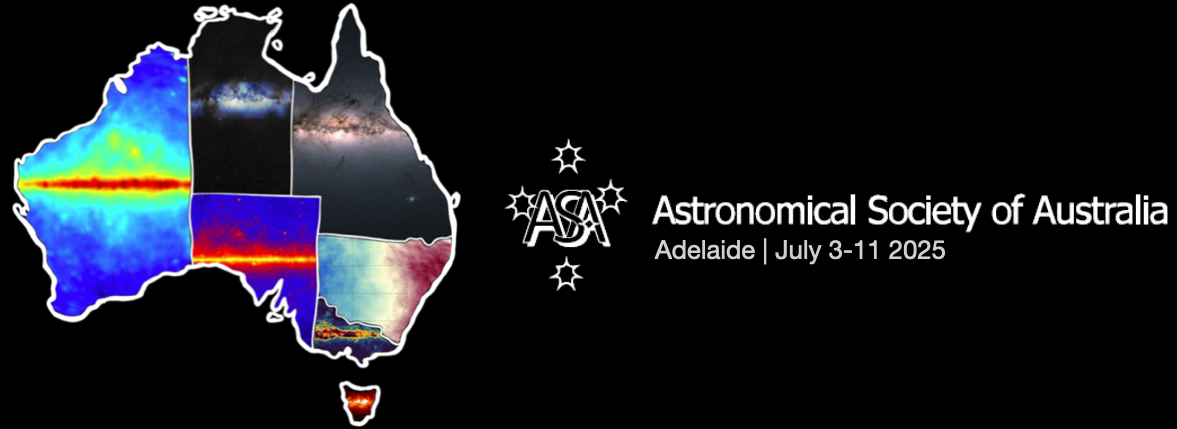Speaker
Description
As observational studies of the Local Group and other environments have expanded to include smaller, fainter and more distant objects, it has become clear that the family of low-mass stellar systems is very diverse, encompassing normal and metal-complex globular clusters, ultra-faint dwarfs with extremely high mass-to-light ratios, and ultra-compact dwarf galaxies. This raises questions about the formation pathways that produce these different systems: Is there more than one way to make a globular cluster? Do similar initial conditions always result in the same present-day properties? I will discuss the observational results that complicate the bottom end of the (galaxy?) mass function and the possible connections to very high redshift stellar populations being observed by JWST, and present a schematic model for inferring the origins of low-mass stellar systems based on their present-day properties and environments.

